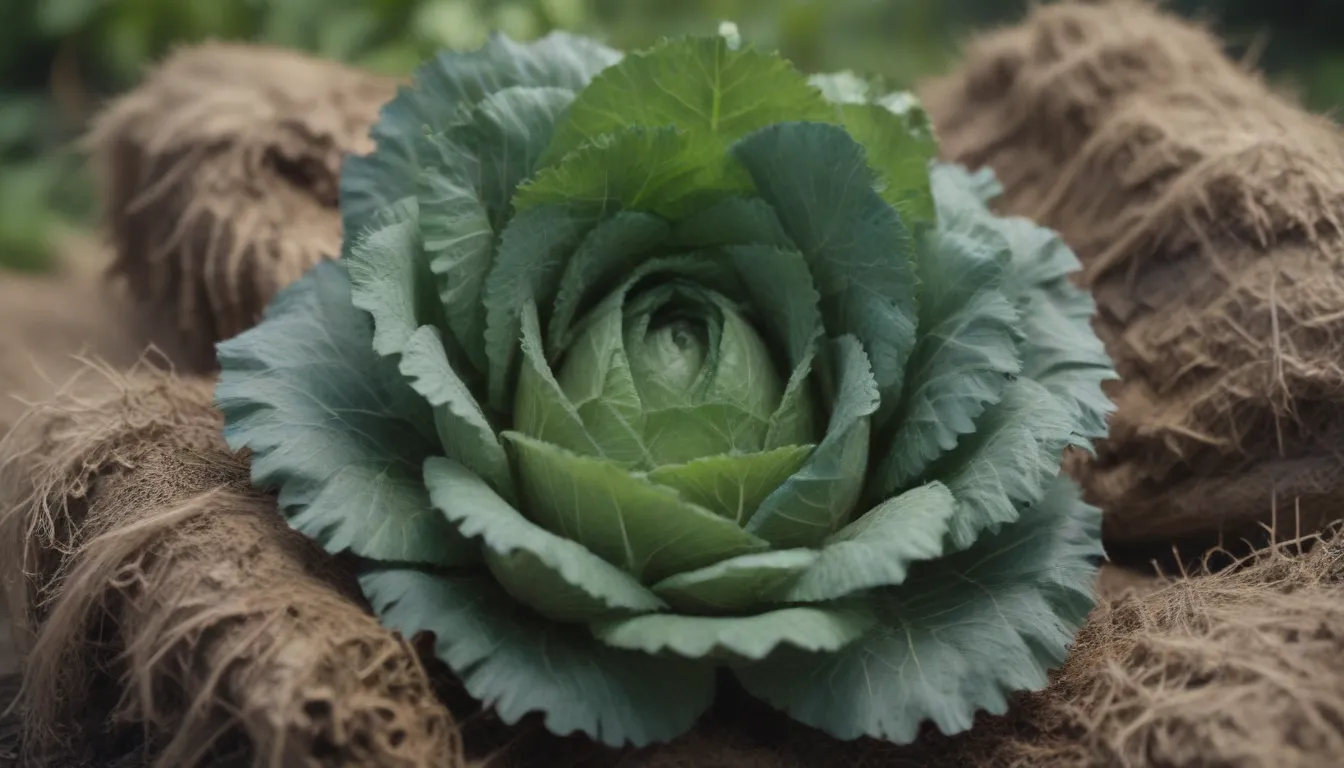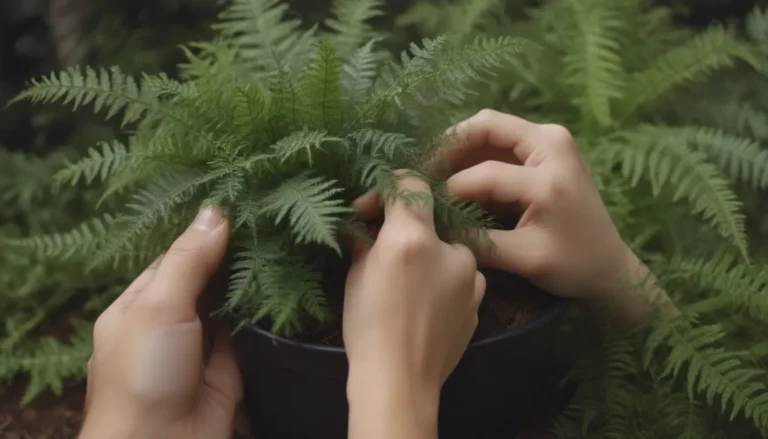How to Control Cabbage Worms in Your Garden: A Comprehensive Guide

If you’ve ever found small green worms munching on your brassica plants, you’ve likely encountered cabbage worms. These voracious pests are actually the larvae of the cabbage butterfly and can wreak havoc on crops like broccoli, cabbage, kale, and more. In the United States, the most common cabbage worms are the imported cabbageworm, cabbage looper, and diamondback moth. In this guide, we’ll explore everything you need to know about identifying, preventing, and controlling cabbage worms in your garden.
Getting to Know Cabbage Worms: What Do They Look Like?
Before diving into control methods, it’s essential to understand the appearance and life cycle of cabbage worms. By familiarizing yourself with these pests, you can quickly spot infestations and take action before they cause significant damage.
Imported Cabbageworm
- Adult butterflies: off-white with grayish-black spots on forewings
- Larvae: velvety green with yellow stripes, up to 1 inch long
- Lifecycle: about two to three generations per year
Cabbage Looper
- Adult moths: mottled grayish-brown with a 1.5-inch wingspan
- Larvae: pale green with thin white stripes, about 1.5 inches long
- Lifecycle: two to three generations in cold climates, five to seven in hot climates
Diamondback Moth
- Adult moths: light brown with a white diamond pattern on wings
- Larvae: light green and tapered, one-third inch long
- Lifecycle: about four to eight to 12 generations per year, depending on climate
How to Get Rid of Cabbage Worms: Effective Control Methods
When it comes to controlling cabbage worms, early intervention is key. Here are two strategies to consider based on the severity of the infestation:
Treating Minor Populations
- Hand-picking: Collect worms in a pail of soapy water
- Neem oil: Prevents larvae from feeding on plants
- Diatomaceous earth: Pierces larvae’s skin, causing dehydration (Note: may harm beneficial insects)
Treating Infestations
- Targeted insecticides: Choose low-risk options that specifically target cabbage worms
- Active ingredients that work: Bacillus thuringiensis (Bt), Spinosad, Kaolin clay
Regardless of the treatment method, ensure thorough coverage on plant leaves and follow product labels for best results. Repeated spraying may be necessary, especially after rainfall, to combat overlapping generations of cabbage worms in your garden.
Signs of a Cabbage Worm Infestation: What to Look For
Identifying cabbage worm infestations early is crucial for effective control. Keep an eye out for the following signs that indicate the presence of cabbage worms in your garden:
- Holes in leaves
- Burrowing entry holes in heads of broccoli and cabbage
- Larvae on main leaf veins and undersides of leaves
- Green sawdust-like droppings on plants
A serious infestation can lead to plant death, as cabbage worms can rapidly defoliate crops and inhibit photosynthesis.
Understanding the Causes of Cabbage Worms: What Attracts Them?
Cabbage worms can overwinter in your area or migrate from warmer regions depending on the species. Knowing their habits can help you implement preventive measures in your garden:
- Imported cabbageworms overwinter as pupae in plant debris and emerge as adults in spring
- Cabbage loopers overwinter in the south and migrate north in mid-summer
Preventing Cabbage Worm Infestations: Best Practices for a Healthy Garden
To minimize the risk of cabbage worms in your garden, follow these preventive measures:
- Good garden sanitation: Remove brassica crops at the end of the season to eliminate overwintering sites
- Remove nearby weeds in the Brassicaceae family
- Promote natural enemies of cabbage worms: Paper wasps, parasitic flies, and wasps
- Use mechanical barriers like floating row covers
- Cover cabbage heads with nylon stockings to prevent burrowing
- Thoroughly wash harvested produce to remove any insects or droppings
By implementing these strategies, you can create a pest-resistant environment for your brassica crops and reduce the likelihood of cabbage worm infestations.
Conclusion: Taking Control of Cabbage Worms in Your Garden
Cabbage worms can pose a significant threat to your brassica crops, but with the right knowledge and proactive measures, you can effectively manage and control these pests. By understanding their life cycle, identifying early signs of infestation, and implementing targeted control methods, you can protect your plants and enjoy a bountiful harvest. Stay vigilant, practice good garden hygiene, and embrace natural solutions to keep cabbage worms at bay in your garden. With these strategies in place, you can cultivate a thriving garden free from the destructive effects of cabbage worms.





